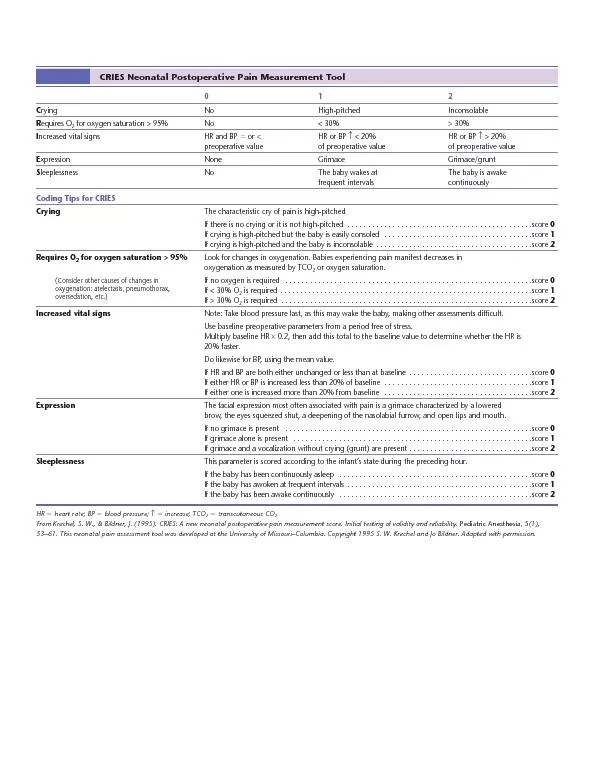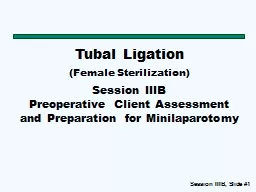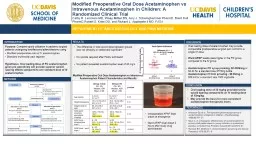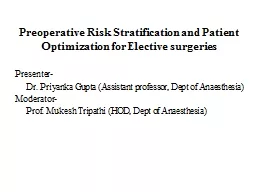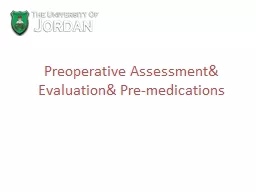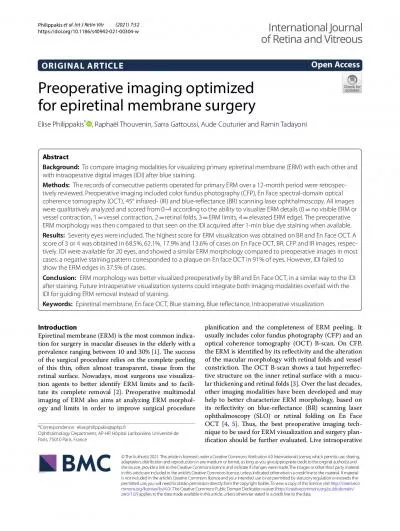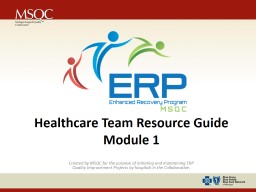PPT-Guidelines for Preoperative Patient Skin Antisepsis
Author : conchita-marotz | Published Date : 2018-10-24
Copyright 2015 AORN Inc All rights reserved Used or adapted with permission Developed and originally presented by Amber Wood MSN RN CNOR CIC CPN Amber Wood is
Presentation Embed Code
Download Presentation
Download Presentation The PPT/PDF document "Guidelines for Preoperative Patient Ski..." is the property of its rightful owner. Permission is granted to download and print the materials on this website for personal, non-commercial use only, and to display it on your personal computer provided you do not modify the materials and that you retain all copyright notices contained in the materials. By downloading content from our website, you accept the terms of this agreement.
Guidelines for Preoperative Patient Skin Antisepsis: Transcript
Download Rules Of Document
"Guidelines for Preoperative Patient Skin Antisepsis"The content belongs to its owner. You may download and print it for personal use, without modification, and keep all copyright notices. By downloading, you agree to these terms.
Related Documents


